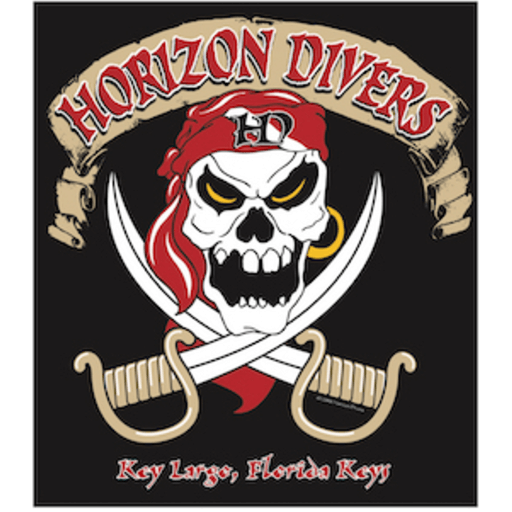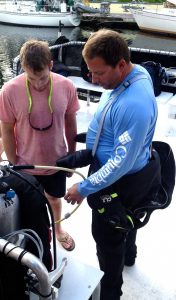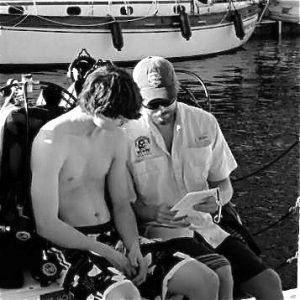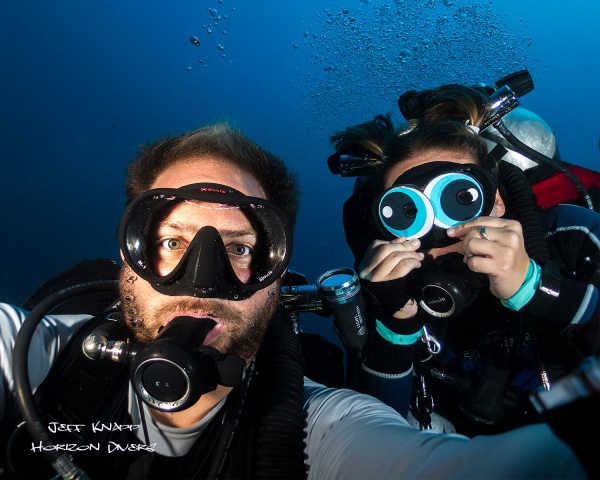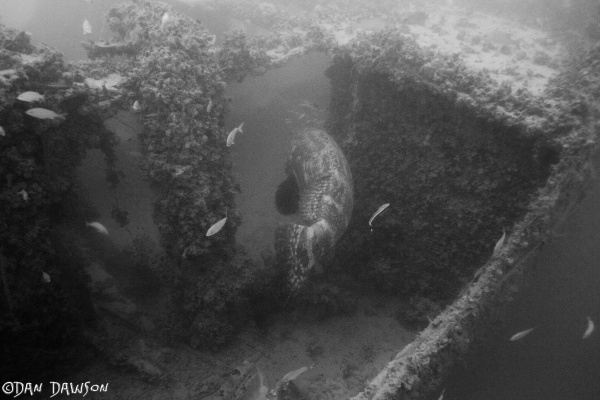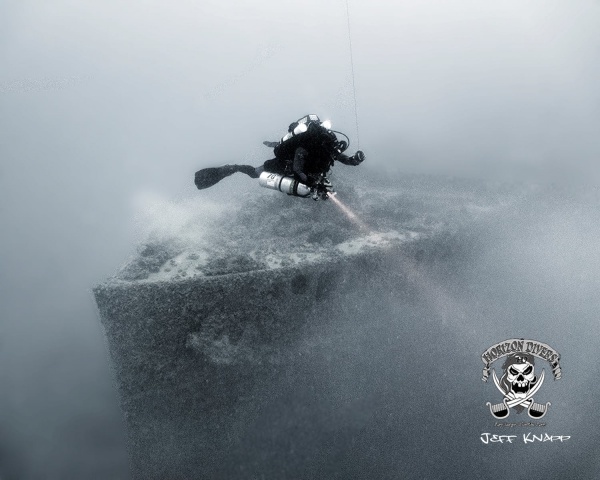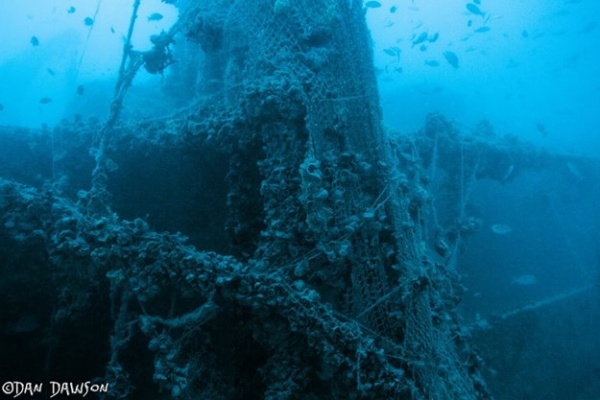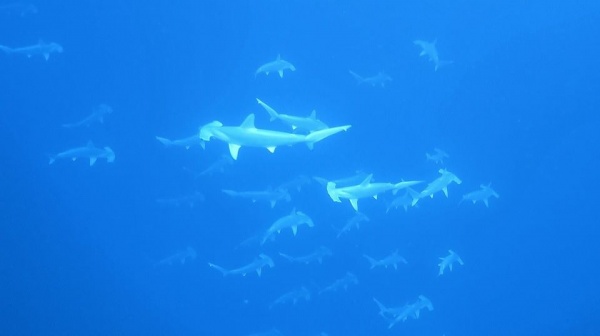Say What!?
Here’s some new and exciting news for Smalltooth Sawfish!
Remember those Smalltooth Sawfish that were sighted on our technical trip a couple weeks ago? Word got around that we saw so many of the same endangered species, and now we’ve been informed that because of diver observations, a NOAA researcher by the name of Dr. Dean Grubbs at FSU has decided to do some additional research at the Queen of Nassau just off Alligator Reef in Islamorada. I contacted Dr. Grubbs not only for my own peeked interest but also so that maybe we can understand the Smalltooth Sawfish and what is being done to protect it!
As a reminder if you missed our Queen of Nassau BLOG, the Smalltooth sawfish are quite a rare sight to see! According to NOAA fisheries (Office of Protected Resources), the Smalltooth Sawfish was listed on the Endangered Spiecies list in 2003. Even though they mostly look like a shark they are actually modified rays that have a shark-looking body! Divers who were diving on the Queen of Nassau on January 20th reported seeing 7-8 smalltooth sawfish on one dive! One of which had to have been 15′ long!
Dr. Grubbs and his team from FSU took their 26’ Calcutta out to the Queen of Nassau a couple weeks ago to try to catch and tag the sawfish. During 2 one-hour sets, they caught 7 Smalltooth Sawfish! They caught 1 adult male on the first set then 5 females and 1 male on the second. Most of the sampling is done either in Florida Bay or in areas on the edge of the shelf such as the Queen of Nassau and deeper reefs around the Florida Keys. Researchers believe that the Queen of Nassau may be an aggregation site for the Smalltooth Sawfish!
Scientists are trying to figure out what habitats are important to adult sawfish for feeding, pupping, mating, etc. When they catch a sawfish they will attach a satellite tag that will give some idea on where the sawfish go over a 4-month period before the tags eventually release from the sawfish. A dart tag is also attached so that if anyone catches one they can contact NOAA. They take a small fin clipping for genetic analysis and a blood sample to determine if the females could be pregnant. According to Dr. Grubbs there has only been a few times when they have been able to catch adult males and females together. He says, “ This past trip to the Queen of Nassau was definitely one of our most successful trips – the seven sawfish we caught is the most we have caught in a single day”.
Also, Dr. Grubbs kindly shared a documentary on their sawfish work last March in Florida Bay. Check it out!
Remember!
Divers, fisherman, and anyone else who spots a sawfish, report your sightings to the sawfish encounter database at http://www.flmnh.ufl.edu/fish/sharks/sawfish/form.html
